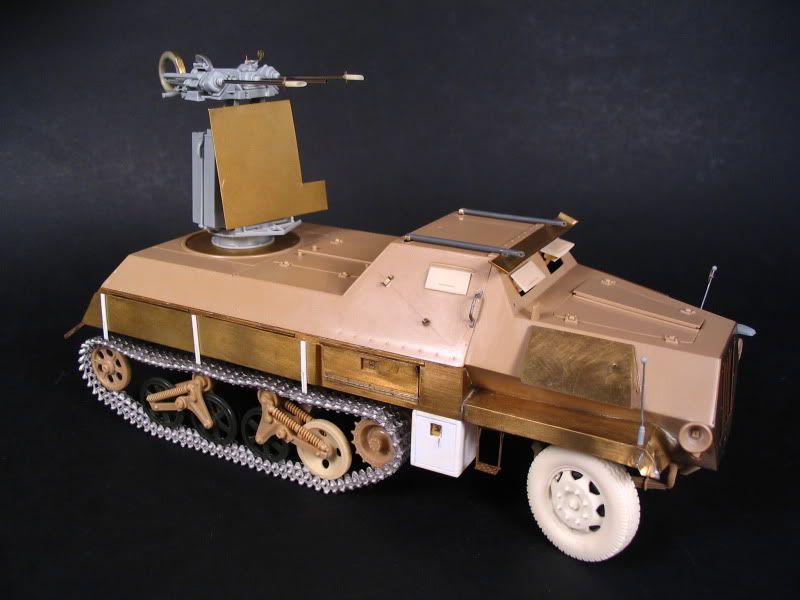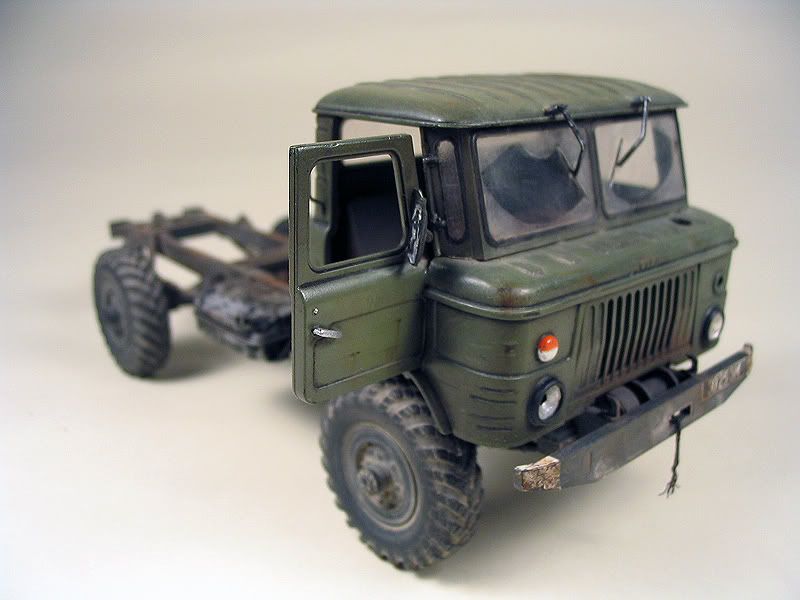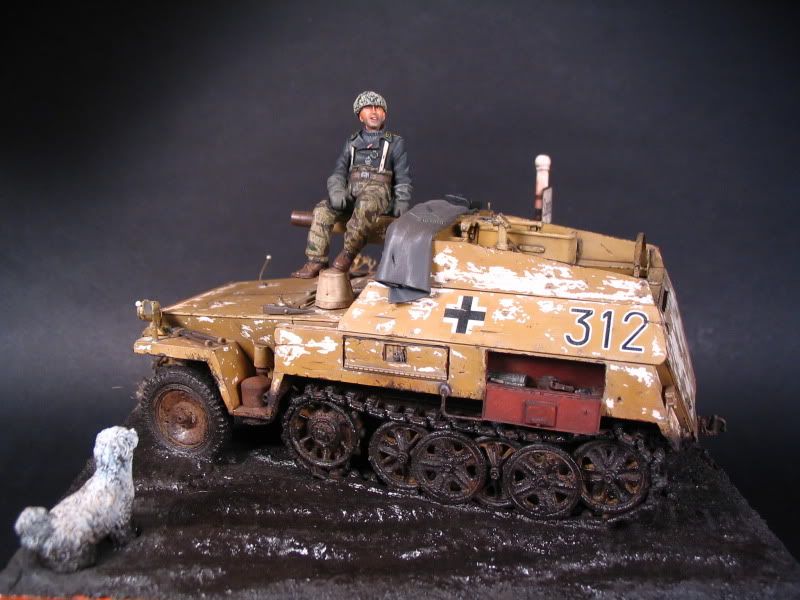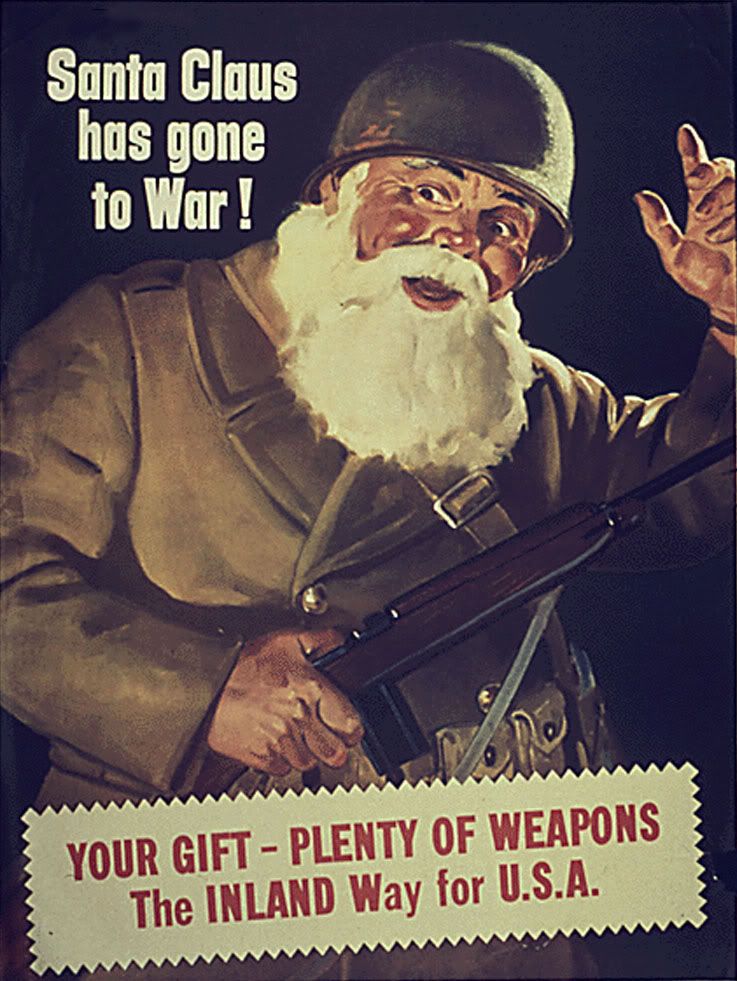The Crimean War and the Siege Of Sevastopol
The Crimean War (October 1853 - February 1856) was fought between the Russian Empire on one side and an alliance of the British Empire, France, the Ottoman Empire and the Kingdom of Sardinia on the other. The war was part of a long-running contest between the major European powers for influence over territories of the declining Ottoman Empire. Most of the conflict took place on the Crimean Peninsula, but there were smaller campaigns in western Turkey, the Baltic Sea, the Pacific Ocean and the White Sea.
In September 1854, Allied troops (British, French and Turkish) landed in the Crimea and besieged the city of Sevastopol, home of the Tsar's Black Sea Fleet which threatened the Mediterranean. The city was captured in September 9, 1855, after about a year-long siege.
The Crimean War is notorious for the logistical and tactical mistakes that plagued both sides. Nonetheless, the war is sometimes considered to be the first modern conflict as it introduced technical changes which affected the future course of warfare, including the first tactical use of railways and the telegraph. It is also famous for the work of Florence Nightingale, who pioneered modern nursing practices while caring for wounded British soldiers. The Crimean War was the first war to be extensively documented in photographs.
Leo Tolstoy wrote a few short sketches on the Siege of Sevastopol, collected in The Sebastopol Sketches. The stories detail the lives of the Russian soldiers and citizens in Sevastopol during the siege. Because of this work, Tolstoy has been called the world's first war correspondent.
The Crimean War (October 1853 - February 1856) was fought between the Russian Empire on one side and an alliance of the British Empire, France, the Ottoman Empire and the Kingdom of Sardinia on the other. The war was part of a long-running contest between the major European powers for influence over territories of the declining Ottoman Empire. Most of the conflict took place on the Crimean Peninsula, but there were smaller campaigns in western Turkey, the Baltic Sea, the Pacific Ocean and the White Sea.
In September 1854, Allied troops (British, French and Turkish) landed in the Crimea and besieged the city of Sevastopol, home of the Tsar's Black Sea Fleet which threatened the Mediterranean. The city was captured in September 9, 1855, after about a year-long siege.
The Crimean War is notorious for the logistical and tactical mistakes that plagued both sides. Nonetheless, the war is sometimes considered to be the first modern conflict as it introduced technical changes which affected the future course of warfare, including the first tactical use of railways and the telegraph. It is also famous for the work of Florence Nightingale, who pioneered modern nursing practices while caring for wounded British soldiers. The Crimean War was the first war to be extensively documented in photographs.
Leo Tolstoy wrote a few short sketches on the Siege of Sevastopol, collected in The Sebastopol Sketches. The stories detail the lives of the Russian soldiers and citizens in Sevastopol during the siege. Because of this work, Tolstoy has been called the world's first war correspondent.
The Model
The official boxart painted by Raul G. Latorre
The kit consists of 5 white metal parts, all pieces are cast to a high quality and the detail in each piece is excellent, very minimal seam lines and no flash. All the parts of the kit are sandwiched between two layers of high density foam in a sturdy cardboard box. A very nice kit for anyone who is interested in this era of history and very well priced.
Next: The base
Béla Illés






























